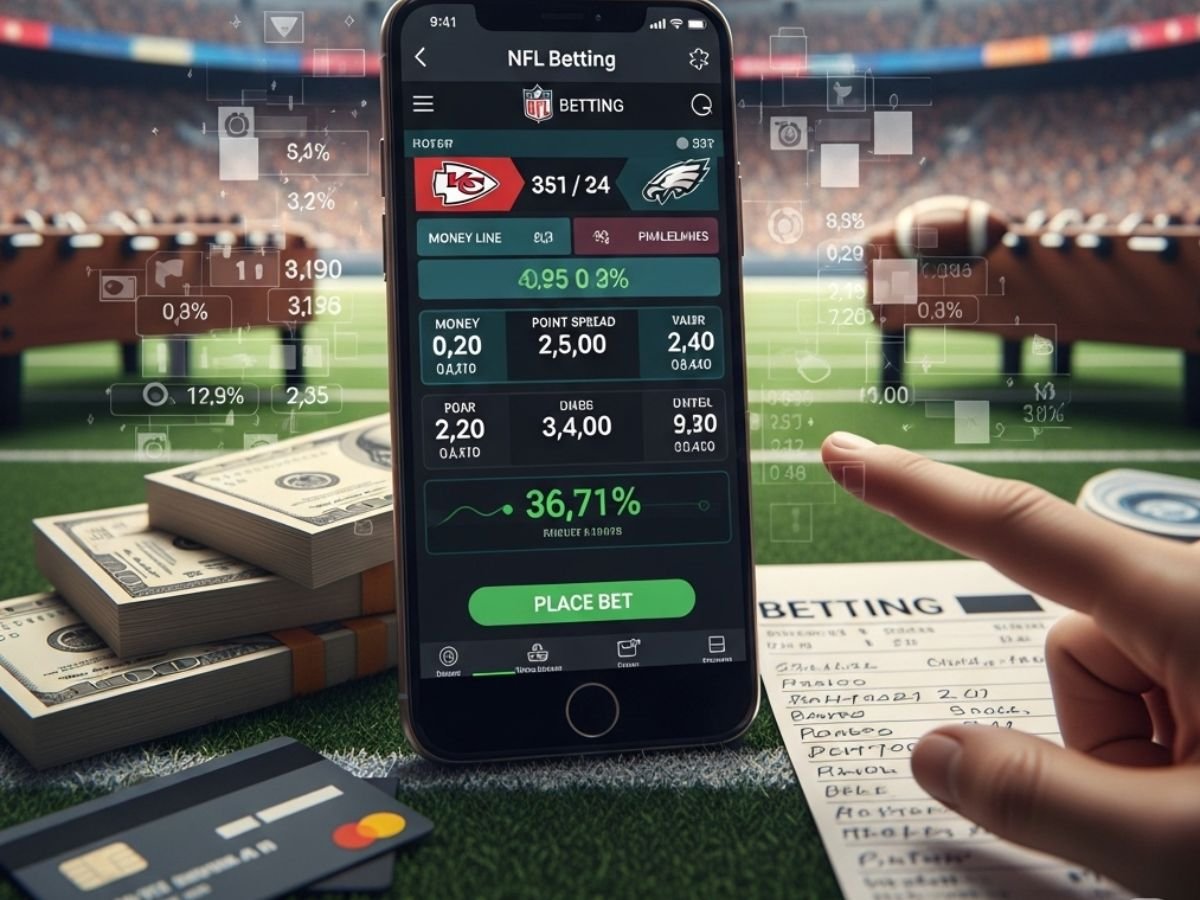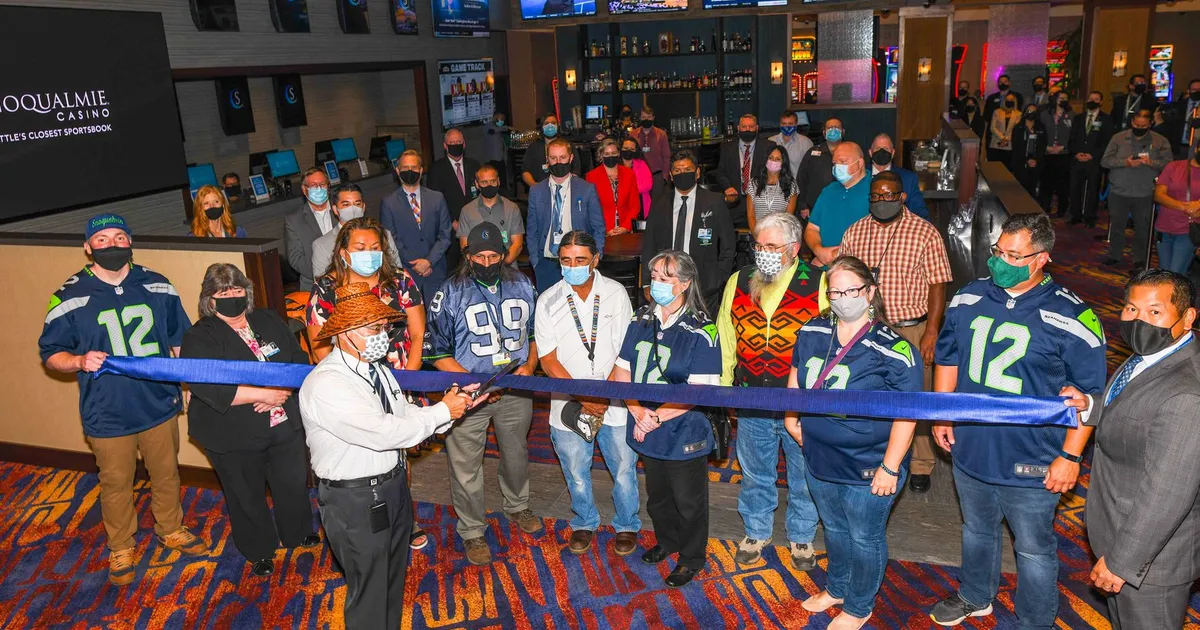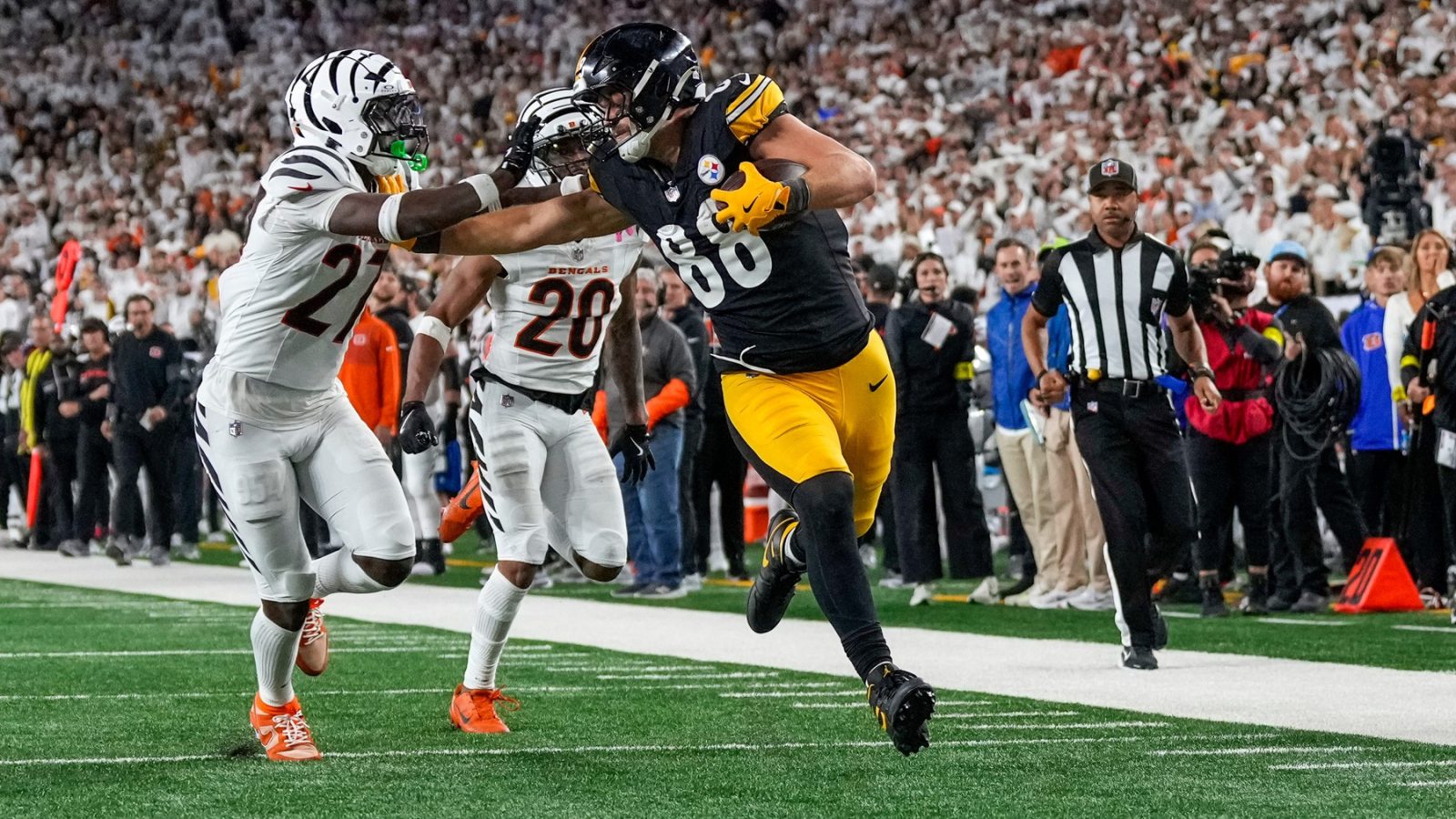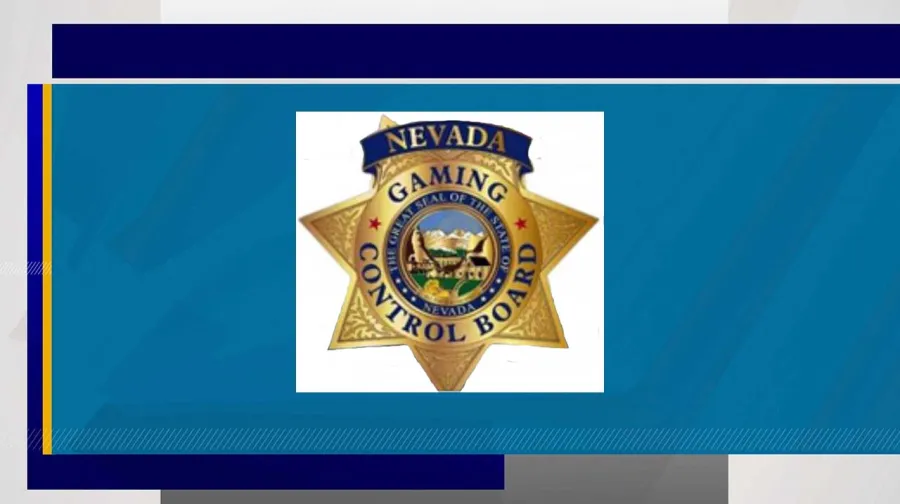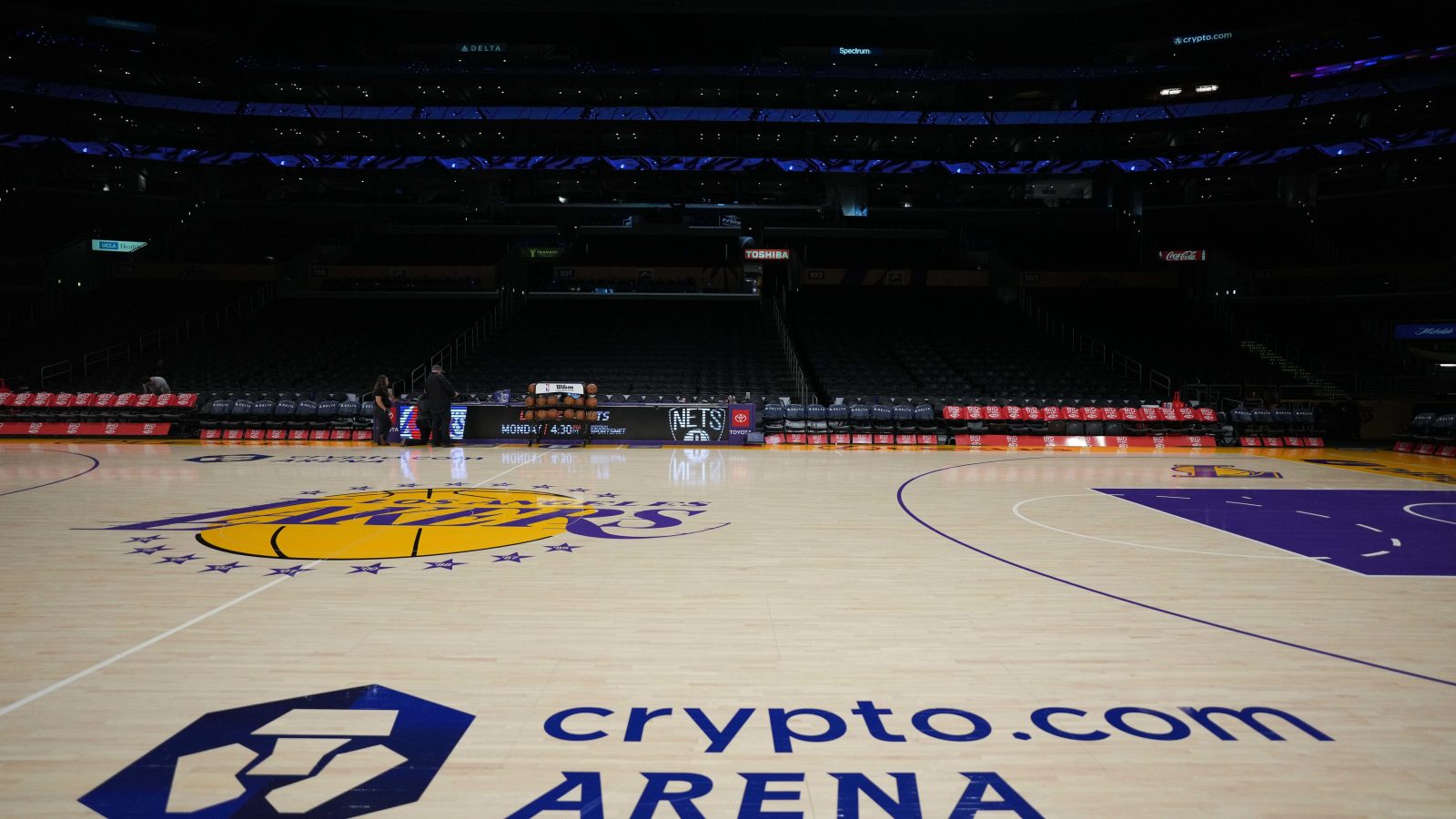If you’ve ever compared odds for the same NFL game on DraftKings, FanDuel, and BetMGM, you may have noticed something surprising: the lines don’t always match. A spread might be -2.5 at one sportsbook, -3 at another, and the moneyline prices could be off by several cents. For a casual bettor, these differences may seem minor, but over the course of a season they can make the difference between profit and loss.
In the US sports betting market, where dozens of legal sportsbooks compete state by state, odds discrepancies are common. Each operator sets their lines using a mix of algorithms, trading teams, and public action, which means no two sportsbooks will price every market the same. This creates opportunities for sharp bettors who know how to line shop effectively.
Also Read: Week 6 college football betting preview: Key odds, spreads and picks
This guide will explain why odds differ across sportsbooks, how line shopping works in practice, and why it’s one of the most important habits to build if you want to bet smarter and stretch your bankroll further.
Why odds differ across sportsbooks
Sportsbooks don’t all use the exact same formula when setting odds. Here are the main reasons differences exist:
1. Market opinion and risk tolerance
Each sportsbook has its own trading team that decides how much risk it’s willing to take on a side. If DraftKings sees heavy action on one NFL team, it may move the line faster than FanDuel, creating a temporary gap.
2. Player props and niche markets
For props and less popular markets, sportsbooks may rely on different data feeds. This can result in significant differences in player totals, strikeout numbers, or touchdown props.
3. Public vs sharp money
Some books attract more recreational bettors, while others see more sharp action. A “public” book may shade lines toward popular teams (like the Cowboys or Lakers), while sharper books adjust differently.
4. State-by-state competition
Because US sports betting is regulated at the state level, promotions and odds can vary between states. A line in New Jersey may not be identical to one in Pennsylvania, even at the same sportsbook brand.
5. Juice (vig) differences
Sportsbooks make money by charging vig. Some may use -110 standard lines, while others might push to -112 or -115, impacting long-term profitability for bettors.
What line shopping means
Line shopping is the process of comparing odds across multiple sportsbooks to find the best available price. Just like you’d compare prices before buying a product online, bettors can compare sportsbooks to maximize returns.
Example:
- DraftKings: Chiefs -2.5 (-110)
- FanDuel: Chiefs -3 (-110)
- BetMGM: Chiefs -2.5 (-115)
If you like Kansas City, DraftKings offers the most favorable line at -2.5 with standard vig. Over a season, consistently getting half-point advantages and better prices adds up to real profit.
Why line shopping matters
- Increases long-term ROI – Even small differences of 5–10 cents on moneylines or half-points on spreads significantly impact profits across hundreds of bets.
- Reduces risk – Getting the best number means a push instead of a loss, or a smaller stake risked for the same payout.
- Levels the playing field – Sportsbooks already build in vig. Line shopping ensures you’re not giving away extra value.
Practical tips for line shopping
- Open multiple sportsbook accounts: Have at least 3–5 US sportsbooks available in your state.
- Use odds comparison tools: Sites like OddsTrader and Action Network show real-time odds across books.
- Check early and late: Odds can move after injury reports or sharp action, so monitor lines before and after news drops.
- Don’t ignore promos: Sometimes, a boosted line or reduced juice promo beats market consensus.
- Track your results: Note where you got the best prices and how much value you’ve gained.
Also Read: Free bets vs risk-free bets: What’s the difference?
FAQs
Q1: Is line shopping legal in the US?
Yes. As long as you’re betting with licensed sportsbooks in your state, opening multiple accounts and comparing odds is completely legal.
Q2: How many sportsbooks should a bettor use for line shopping?
Ideally, 3–5 sportsbooks give you enough variety without spreading yourself too thin. Serious bettors may use more.
Q3: Does line shopping really make a difference for casual bettors?
Yes. Even saving 5–10 cents per wager adds up over time. Think of it as stretching your bankroll without extra risk.
Q4: Are odds always different across sportsbooks?
Not always, but even small differences in vig (-110 vs -115) or spreads (-2.5 vs -3) matter in the long run.
Q5: Can sportsbooks ban you for line shopping?
No. Line shopping is normal behavior. Books may limit bettors for consistently winning, but not for simply comparing odds.

